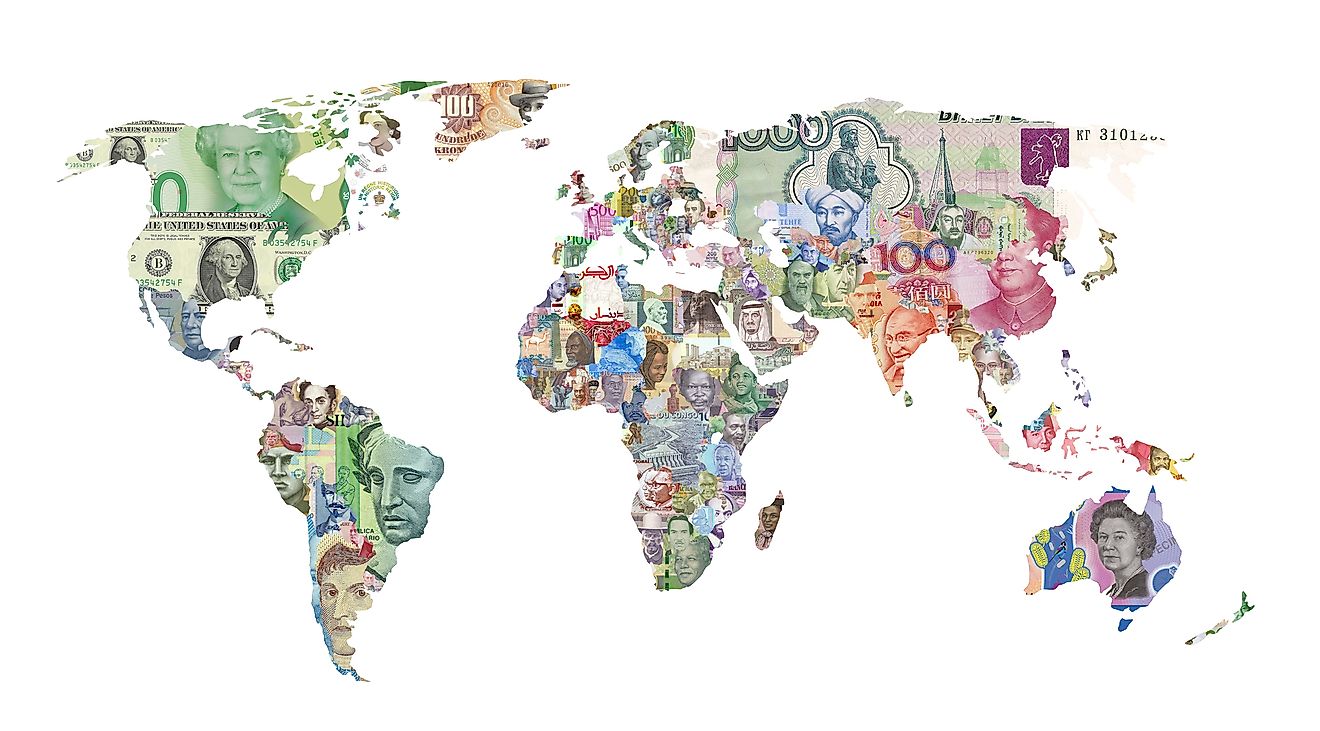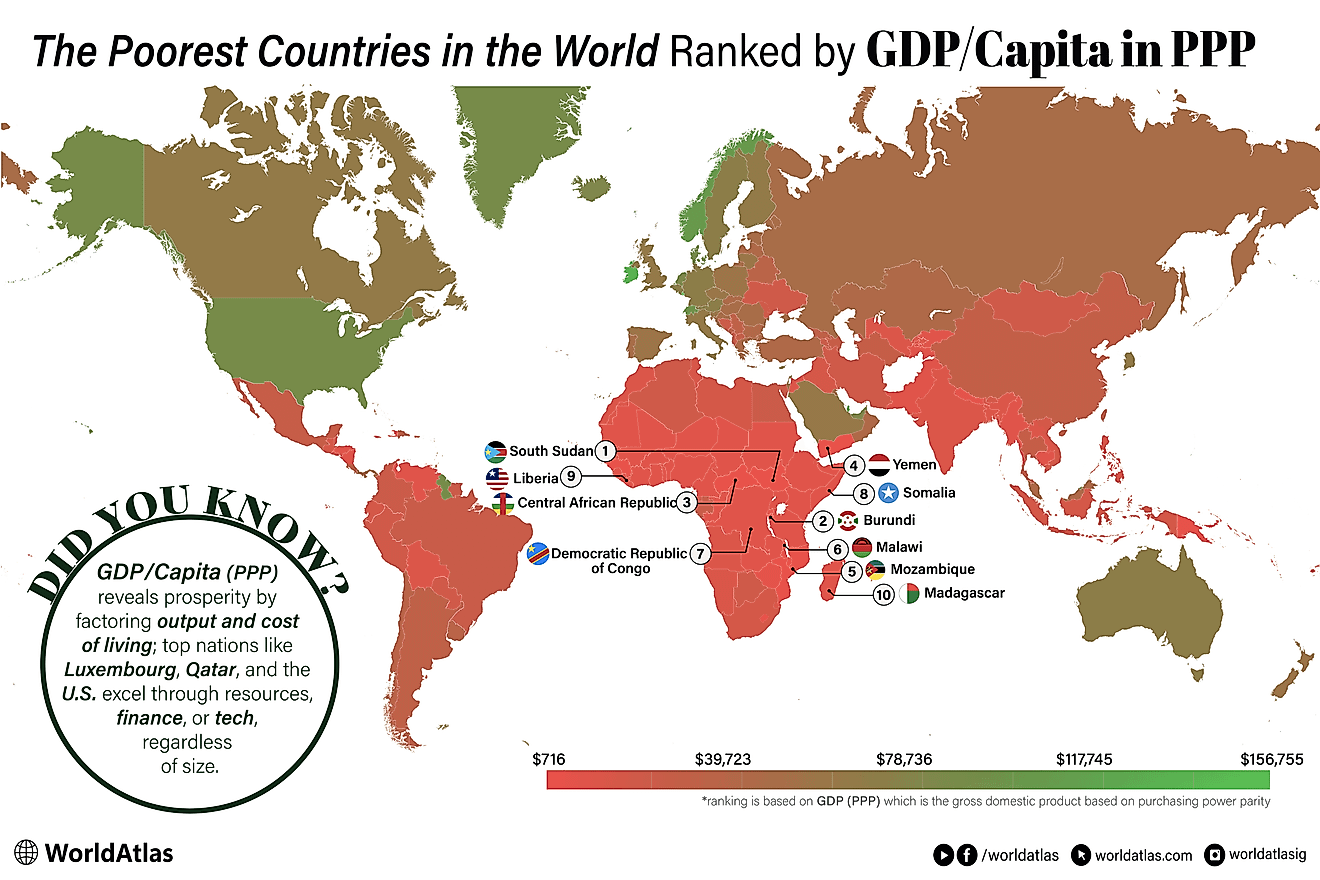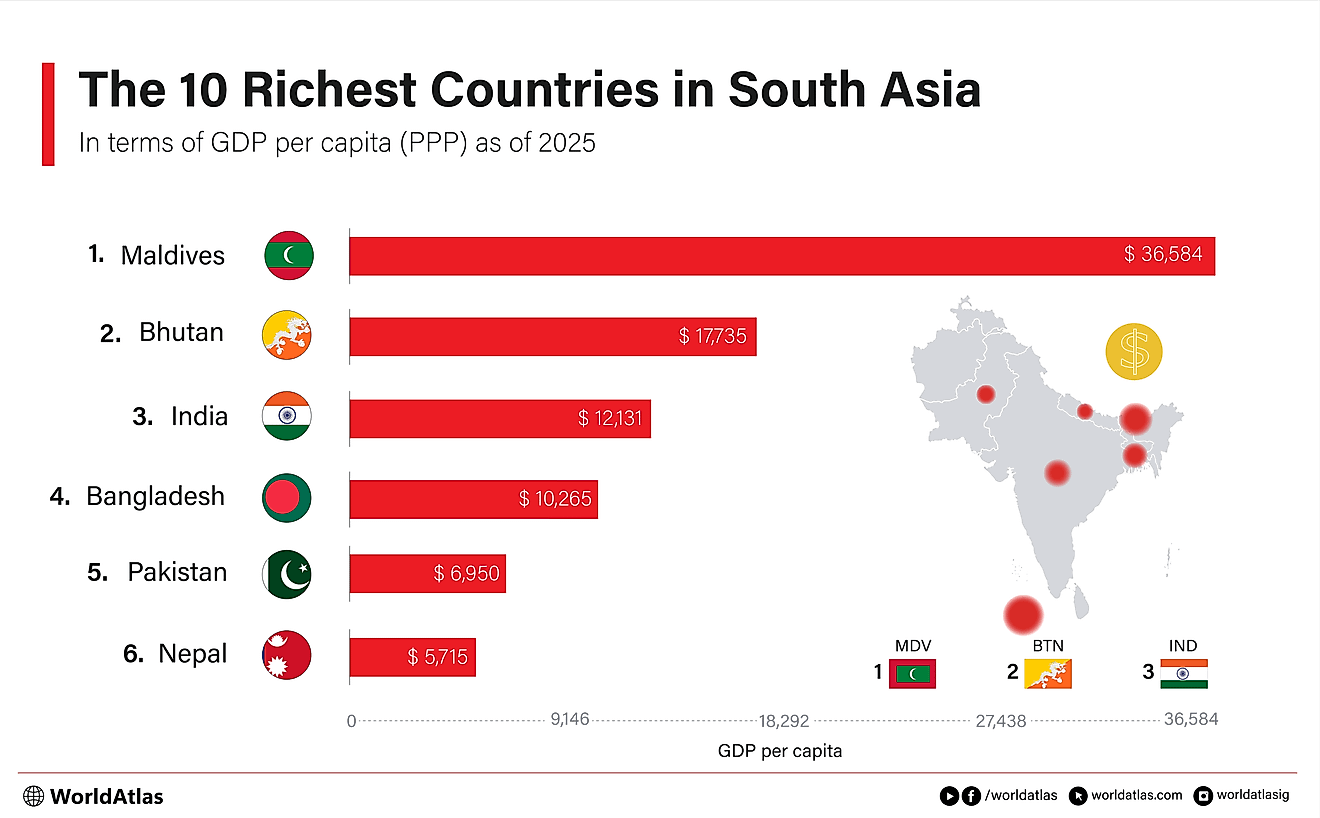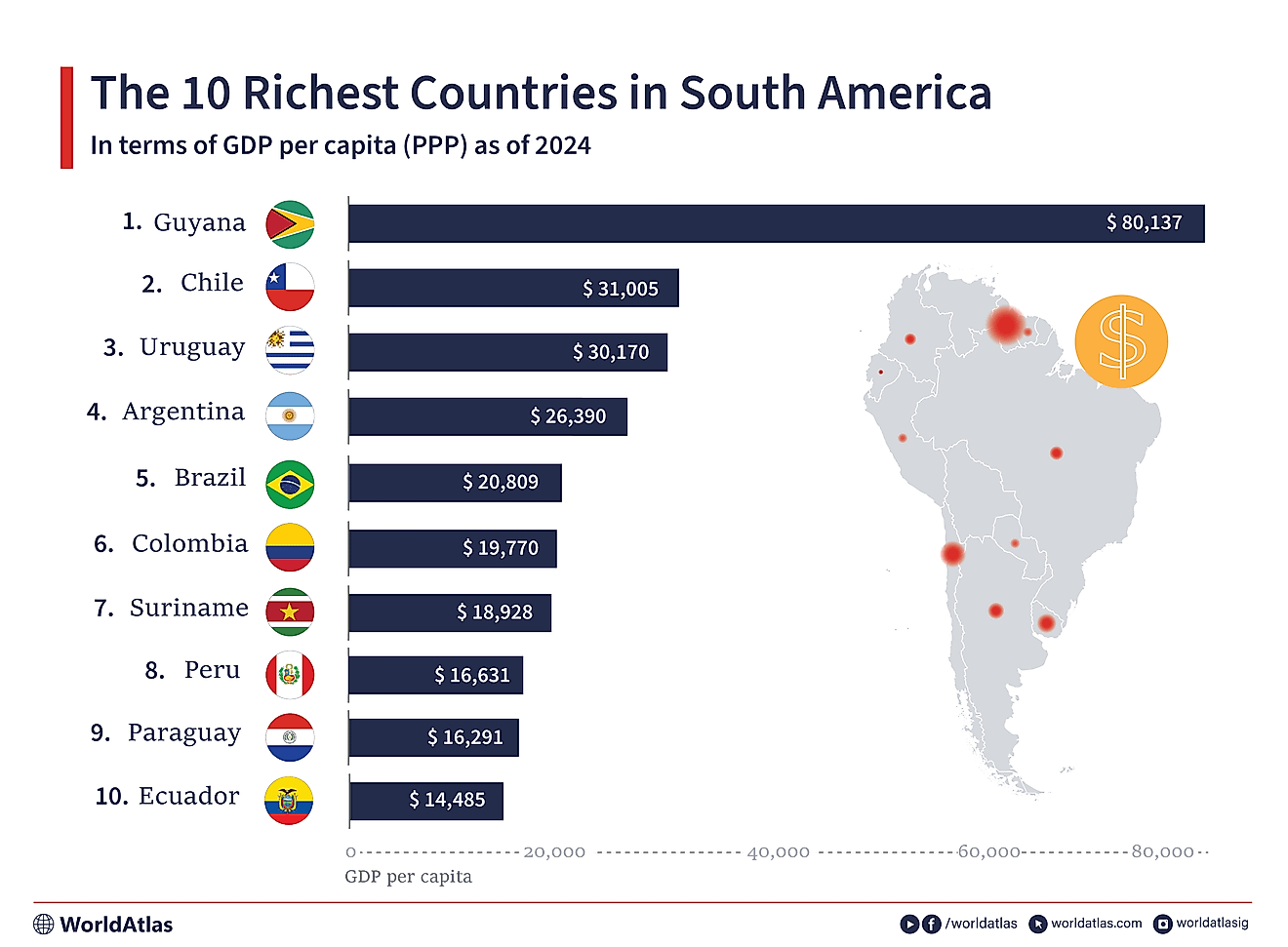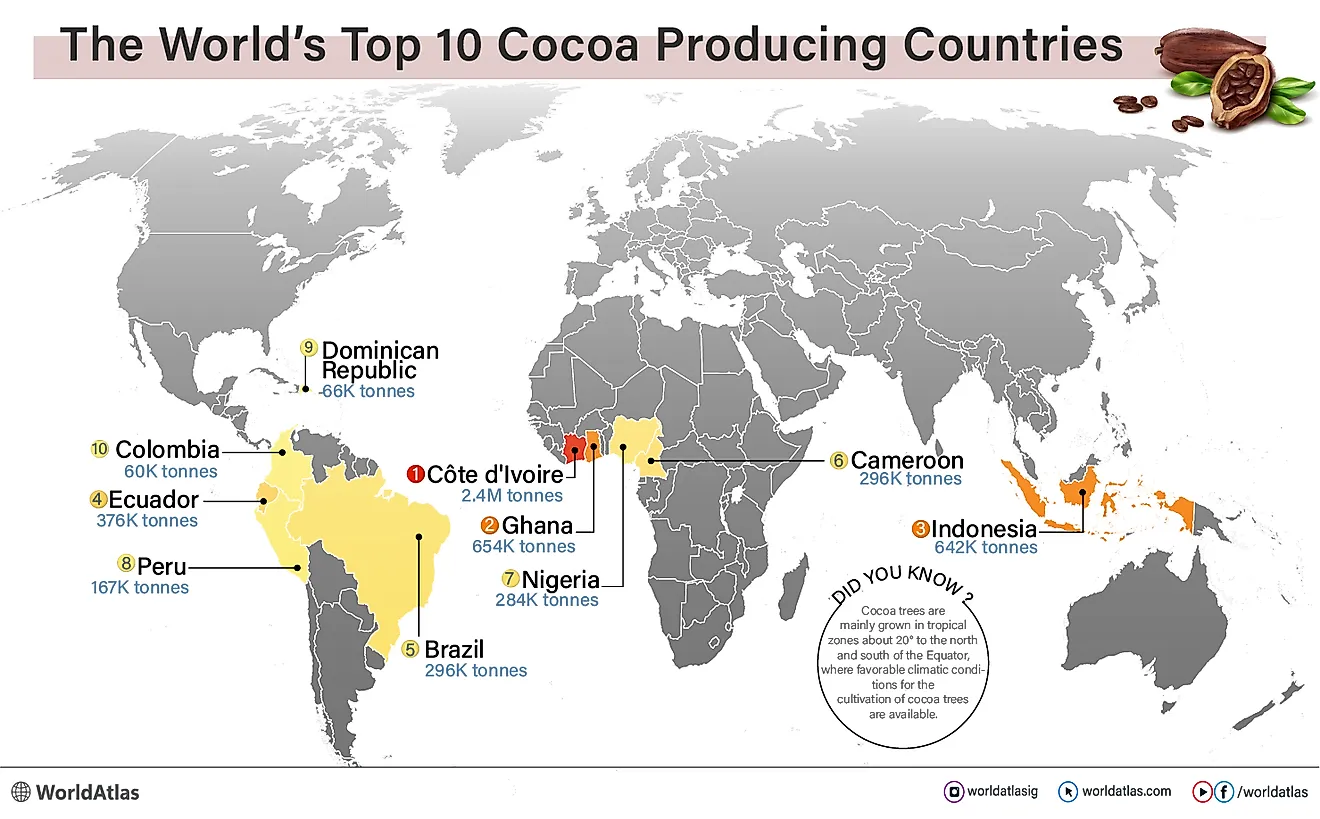The Biggest Industries In Kenya
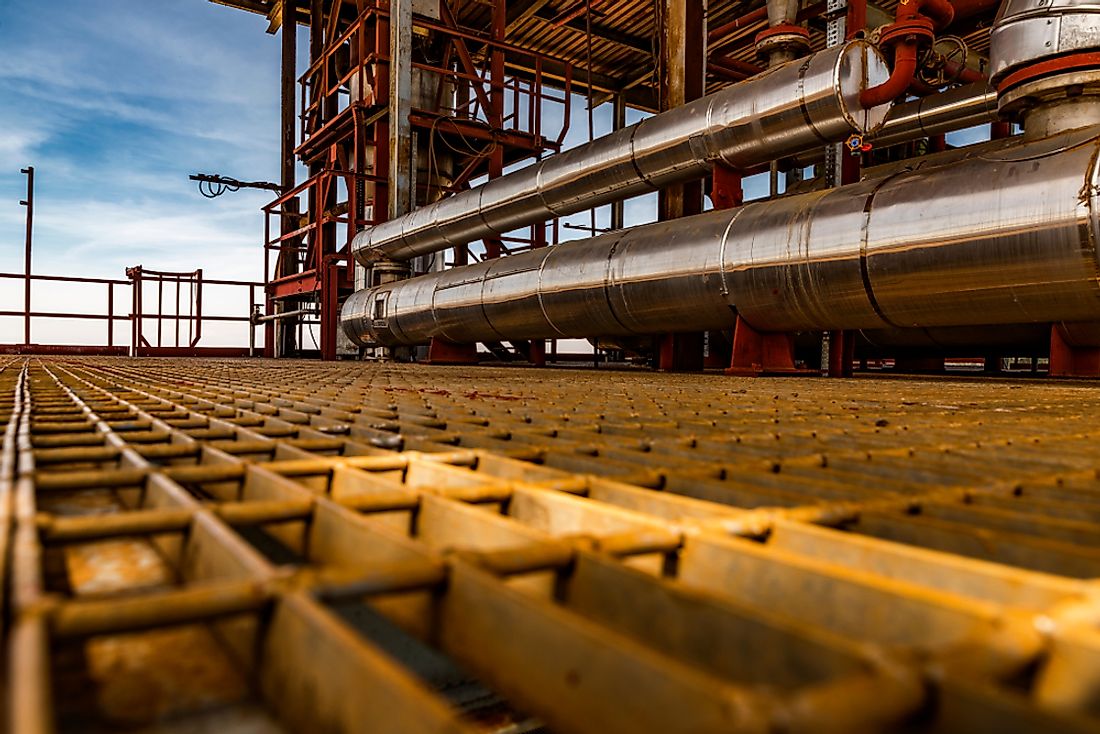
The agriculture industry includes forestry and fishing, and it is the second biggest contributor to the country’s economy. About 15% of Kenya’s total land area is fertile and receives adequate rainfall making it suitable for farming. Half of the country’s agricultural produce is not for sale but for local consumption. Tea, coffee, and horticultural crops which include flowers, potatoes, vegetables, and fruits are the biggest cash crops in the country. Tea and horticultural crops contribute mainly to the country’s economy as they are mostly destined for export. The value of coffee has gone down in the international market thus it only accounts for a small percentage of the country’s exports.
Corn is the staple food crop, but environmental factors determine its growth, the country has been facing drought lately which has affected the agricultural sector. Some of the other crops grown in the country for local consumption include sisal, wheat, and pyrethrum which are grown in the fertile highland regions. Pineapples, coconuts, cotton, cashew nuts, sugarcane, corn, and sisal do well in the lowland areas. Despite having some of the most fertile lands in Africa and a big agricultural sector, Kenya has not yet attained food security.
A percentage of the population, especially those living in the arid areas, depend on food aid. Kenya ranks third among the flower exporting countries. Most of Kenya’s flowers are destined for the European market, and there are roughly about 127 flower farms in the country. The horticultural export sector ranks third in foreign exchange income. Irrigation is used in some of the arid areas to grow food. The major irrigation schemes in the country are owned by the state, and they include Perkera, Hola, Bula, Ahero, and Mwea. The schemes are meant to produce food crops of high quality which are meant for the export market.
Manufacturing
Manufacturing in Kenya contributes about14.8% of the GDP; the industry has experienced only a slight growth since the country’s independence. In the post-independence era the manufacturing industry grew fast, but it started facing stagnation as from the 1980s. High energy costs, power shortages, and the influx of cheap imports are some of the factors that led to the stagnation of the industry. Most of the country’s industries are located in the major cities of Nairobi, Kisumu, and Mombasa. Most of the industries are focused on the food sector, and they include beer production, grain milling industries, sugar industries.
There are also several car assembly industries like CMC motors Kenya, General Motors, and an oil refinery which refines imported crude oil to petroleum products which are meant for domestic consumption. There is also a cement industry that focuses on producing cement or construction. Some of the companies in the cement industry include Mombasa cement, Bamburi cement, Savannah cement, Athi River mining limited, and the East African Portland Cement Company. Lastly, there is a fast-growing informal sector in the country where individuals manufacture household goods in small scale for the local market.
Some of the goods include soap, automobile parts, and kitchen utensils. To boost the industrial and manufacturing sector, the government has issued favorable tax conditions to the industries. Some industrial equipment and raw products are subject to zero tax. The US has also tried to boost the manufacturing sector through the Africa Growth and Opportunity Act, which was established in 2000, of which Kenya is a beneficiary.
Service Industry
The service sector is the largest contributor to the economy at 63% of the GDP. The tourism sector makes up a large portion of the service industry. Kenya is a prime tourist destination with tourists from all over the world visiting to enjoy some sun at the country's lovely beaches or to tour the national parks. There was a tourist boom in the 1980s up to the late 1990s when the American embassy in the country was bombed, after that, the number of tourists visiting the country declined. In recent years, the government has managed to curb insecurity and also set up tourist friendly regulations such as a visa on arrival for tourists from certain countries thus attracting more tourists. At one time tourism was the leading sector that brought in foreign exchange in the country, but the decline in the number of tourists saw tea exports take the top spot. Today tourism is the primary foreign exchange earner followed by flowers, tea, and coffee. In 2006, the country earned a total of $803 million from tourism.
What Does The Future Hold?
Recently, oil deposits have been discovered in Kenya’s Turkana County. This has piqued the interest of several investors both local and international who would like to get a chance to invest in the black gold. In 2006, Kenya signed a contract with China to let them explore the oil in the country, and this has not been the first and seemingly will not be the last dealings between China and Kenya. The Chinese were contracted to build a railway connecting the two cities of Nairobi and Mombasa, and they have also constructed some roads in the country. China is one of the foreign countries that have invested in the country. The oil industry, if well established, would make great contributions to Kenya's economy by boosting earnings.





